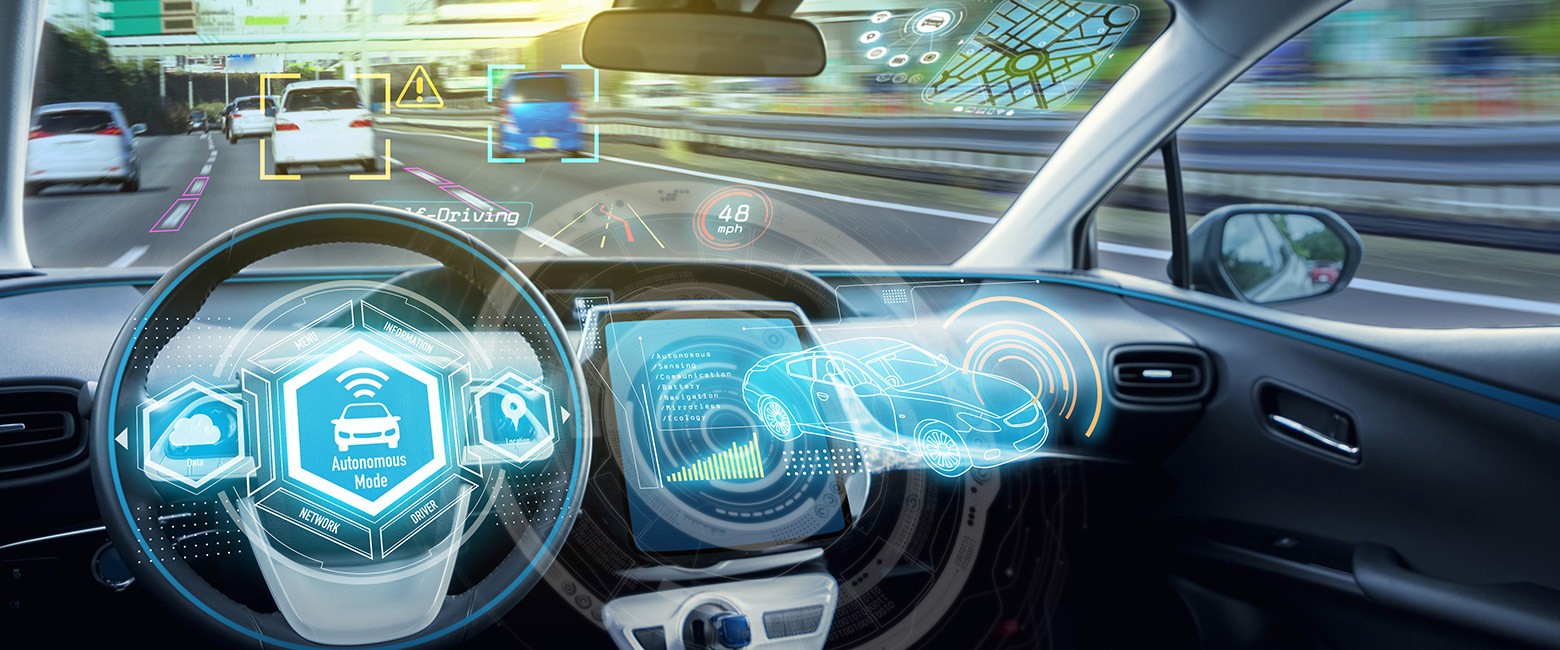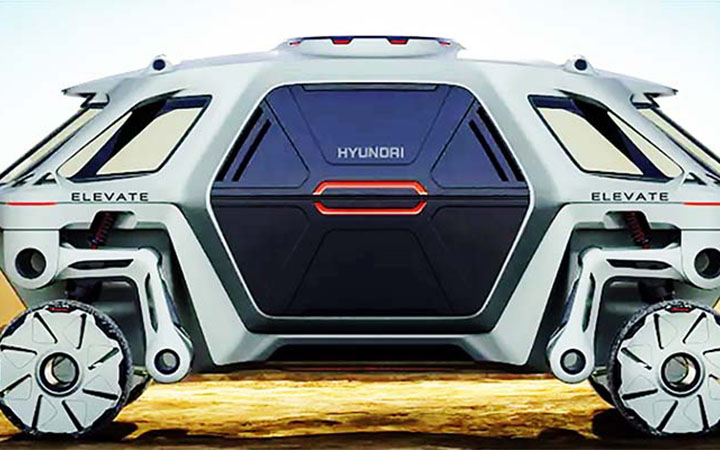“The current and near-term vehicle safety technologies provide significantly safer vehicles for the motorist, as the systems onboard are becoming more mature and robust in their ability to mitigate collisions. But they all still require the motorist to be involved and in control. As well, the other vehicles on the road that are not equipped with these systems continue to present opportunities for an accident,” Repairify Training and Development Vice President Chris Chesney said.
“When these damaged vehicles are repaired, it is critical that they be returned to their ‘as-designed state’, or we risk placing the motorist in a vehicle that cannot perform in a way that was intended. Failure to properly calibrate a sensor that should be calibrated presents a risk to the motorist by allowing them to drive a vehicle that may not react as designed when called upon. However, when a technician reads, understands, and follows the OEM processes and procedures, including a post-scan and a comprehensive test drive, to ensure the affected systems are operating as designed, [that] will contribute to safer roadways.”
Many “faulty repairs” or missed operations may cause some safety systems to be inactive or inaccurate. “It’s simple things, like thrust angle not being adjusted, or attempting to repair a damaged radar sensor bracket and not calibrating the sensor post-repair, that can place the ‘view’ of the safety systems askew,” Mr Chesney said. “This may result in a system applying the brakes or issuing a warning when it is not warranted. As you can imagine, this could distract the motorist or cause them to panic, creating risk for themselves and others. Contrary to belief, many safety system failures will not set a diagnostic trouble code (DTC) or post a warning message on the dash. There simply are no standards for this in place.”
Michael Quinn, AirPro president, said that having a brand specialist involved in repairs is “critical in these highly sophisticated vehicles. We make a very positive impact in the safe repair of a vehicle,” he said. “We feel we are a ‘gatekeeper’, at some level, to the motorist. Mandating a post-repair scan by a qualified brand specialist safeguards motorists.”
Mr Quinn shared a 2019 statement agreed to by OEMs who are members of the Alliance of Automobile Manufacturers and Association of Global Automakers. The two groups have since merged to form the Alliance for Automotive Innovation (AAI):

There's more to ADAS calibration than you may think.
Failure to follow OEM repair procedures in the course of a post-collision repair should be considered an unauthorised modification of a vehicle and its systems, introducing the potential for bodily injury and death to any future drivers and occupants of the vehicle, as well as occupants in other motor vehicles on the roadway.
Quinn said the statement sends shivers down his spine every time he reads it. “This is a tremendous responsibility that the collective repair community has, and should not be taken lightly,” he said.
AirPro Automotive Diagnostic Specialist Joseph O’Leary provided several examples of improperly repaired vehicles he’s come across that could have led to injuries or death, including an installation of a used/unlocked Restraint Control Module (RCM) that could have caused the airbags not to deploy; several didn’t register as active. The airbag light was disabled, and the seatbelt buckling system didn’t recognise that the belts were latched.
He said he’s also seen several vehicles with improper camera and radar system repairs, including improper bracket gluing, that would have led to a malfunction in the operation of the active lane keep assist system, potentially causing a collision due to the calibration being off because of improper placement.
“Another example is a radar that was malfunctioning due to a support bar having damage and aiming the radar in a vertical position and activating the braking system when the vehicle went under any type of overpass,” O’Leary said.
“Calibrations are absolutely crucial as the human eye cannot see these very tight tolerances. But by performing a calibration, we are able to determine a malfunction and appropriately give the shop a recommendation to repair and recalibrate. If these vehicles were to leave the shop, they could absolutely operate outside of their designed tolerance and cause a collision due to improper aiming, thus causing bodily injury to the driver and others. Often, while scanning vehicles, we find open recalls that have not been performed. While AirPro cannot perform those recalls, we do inform the shop that using a replacement bumper cover that has a metallic label adhered to the backside of it can cause a good sensor to view vehicles in a wider, narrower, or skewed manner. “This could give the motorist confidence that the lane beside them is clear when, in fact, it is not – or vice versa. The importance of repairing the vehicle correctly and replacing all broken parts is paramount to a successful calibration and a safe vehicle.”

Static calibration requires lots of space.
US Transportation Secretary Pete Buttigieg launched a call-to-action campaign that asks the private sector, law enforcement, municipal organisations, health and safety advocates, and OEMs to take specific actions in 2023 to reduce serious injuries and deaths on roadways, which the department says have reached crisis levels.
The US National Highway Traffic Safety Administration (NHTSA) recently said that while roadway fatalities and the fatality rate have declined consistently for 30 years, progress has stalled over the last decade and went in the wrong direction in 2020 and 2021. While the final data is being collated, in its latest projections for traffic fatalities in 2022, NHTSA reports that fatalities are beginning to level off after two years of dramatic increases.
There is still a long way to go to reverse the trend, but what is clear is that following OEM repair procedures in the course of a post-collision repair is paramount to system safety.
This article is reproduced courtesy of John Huetter of Repairer Driven Education.


